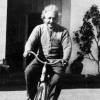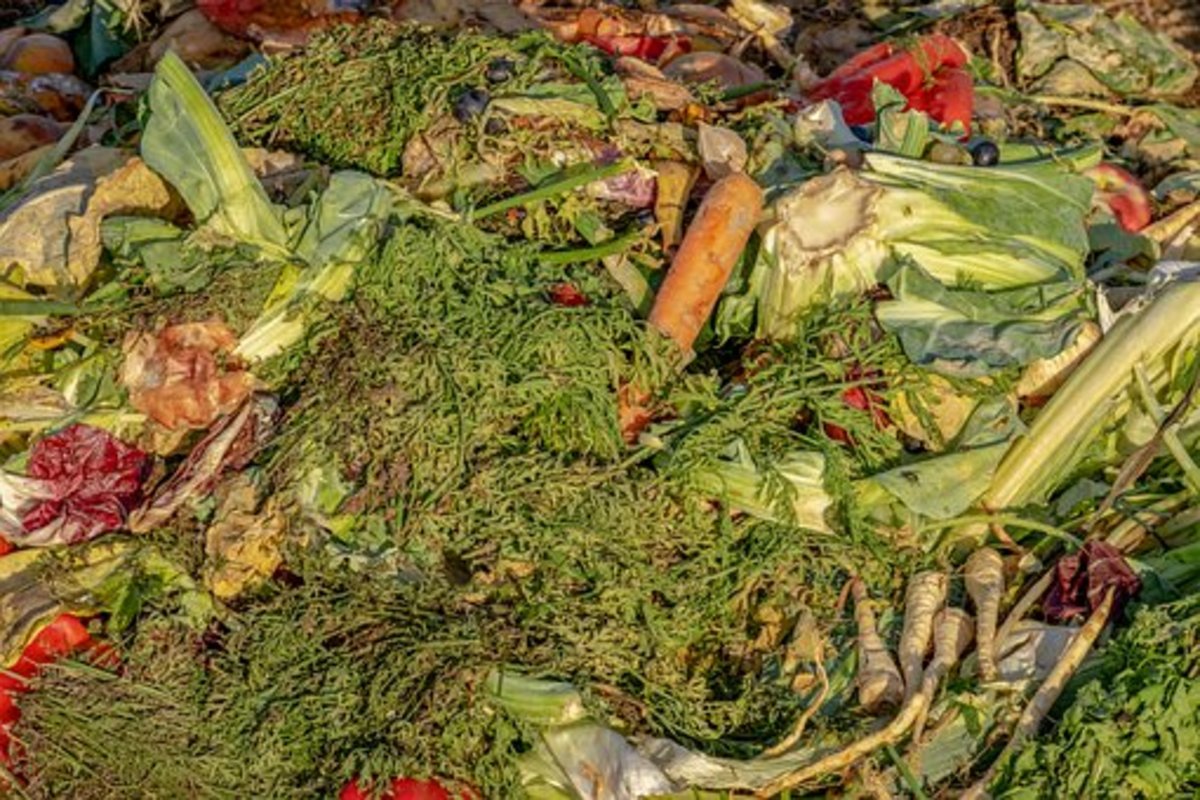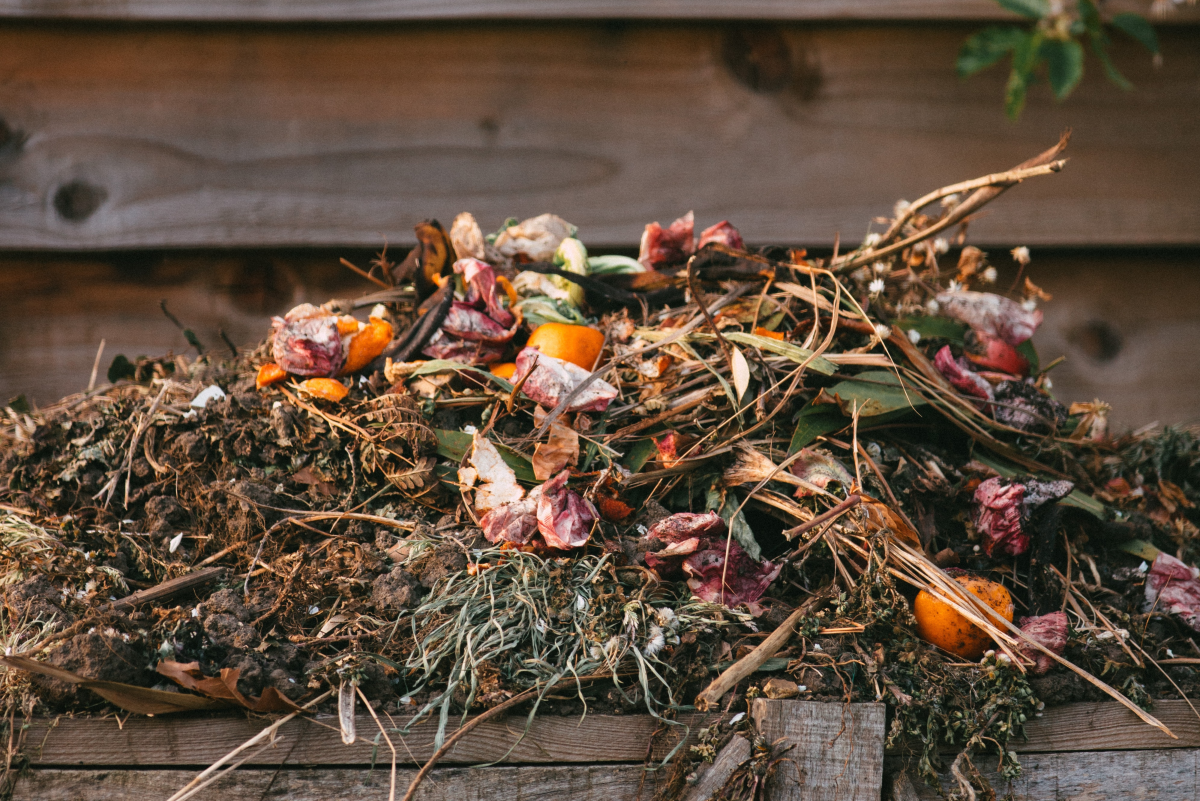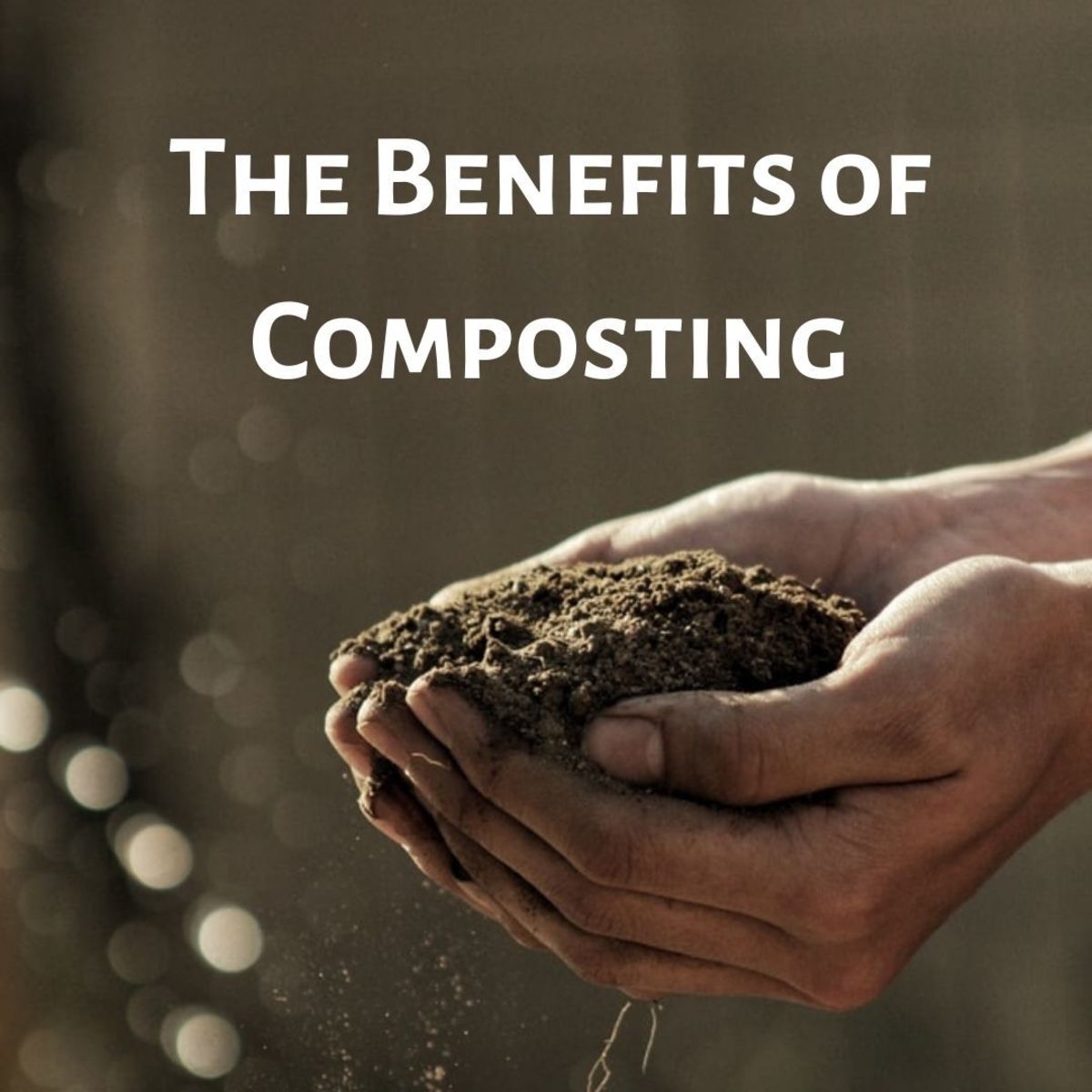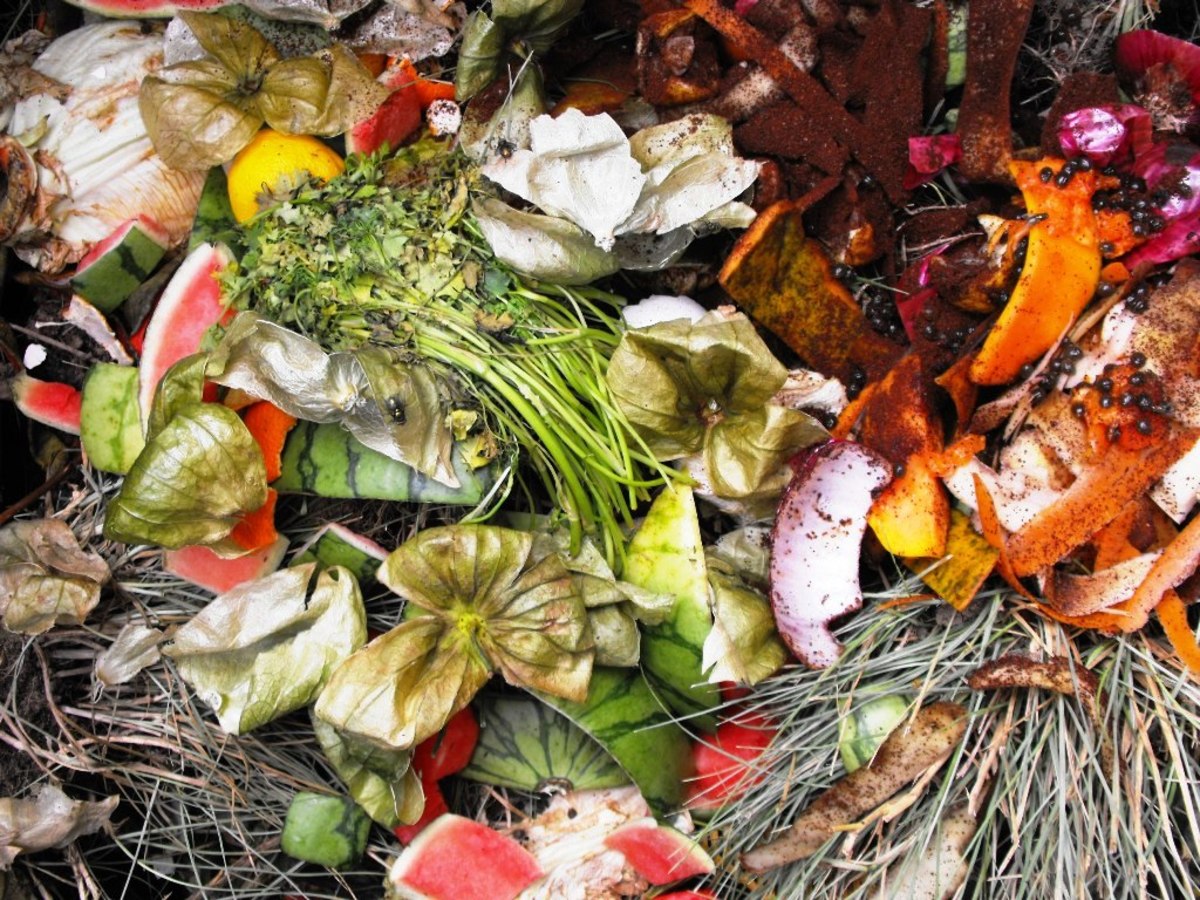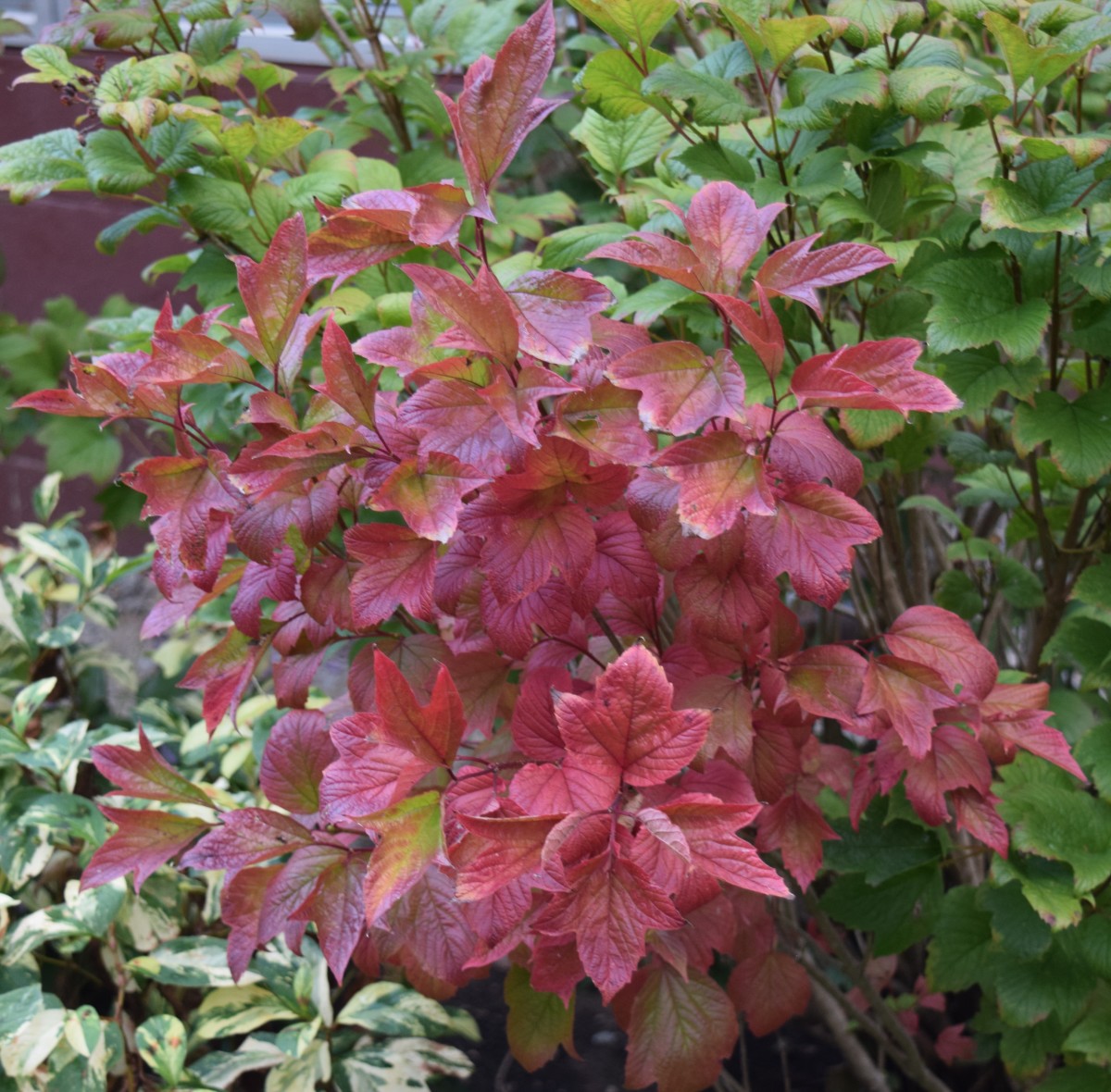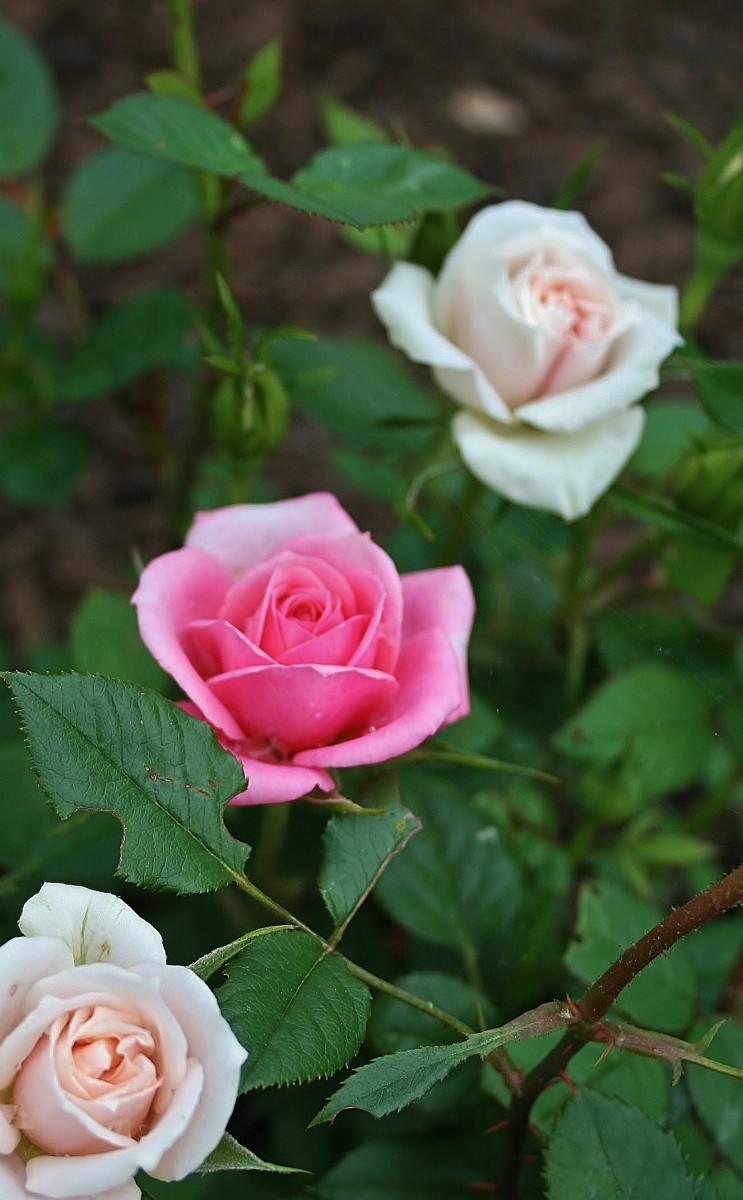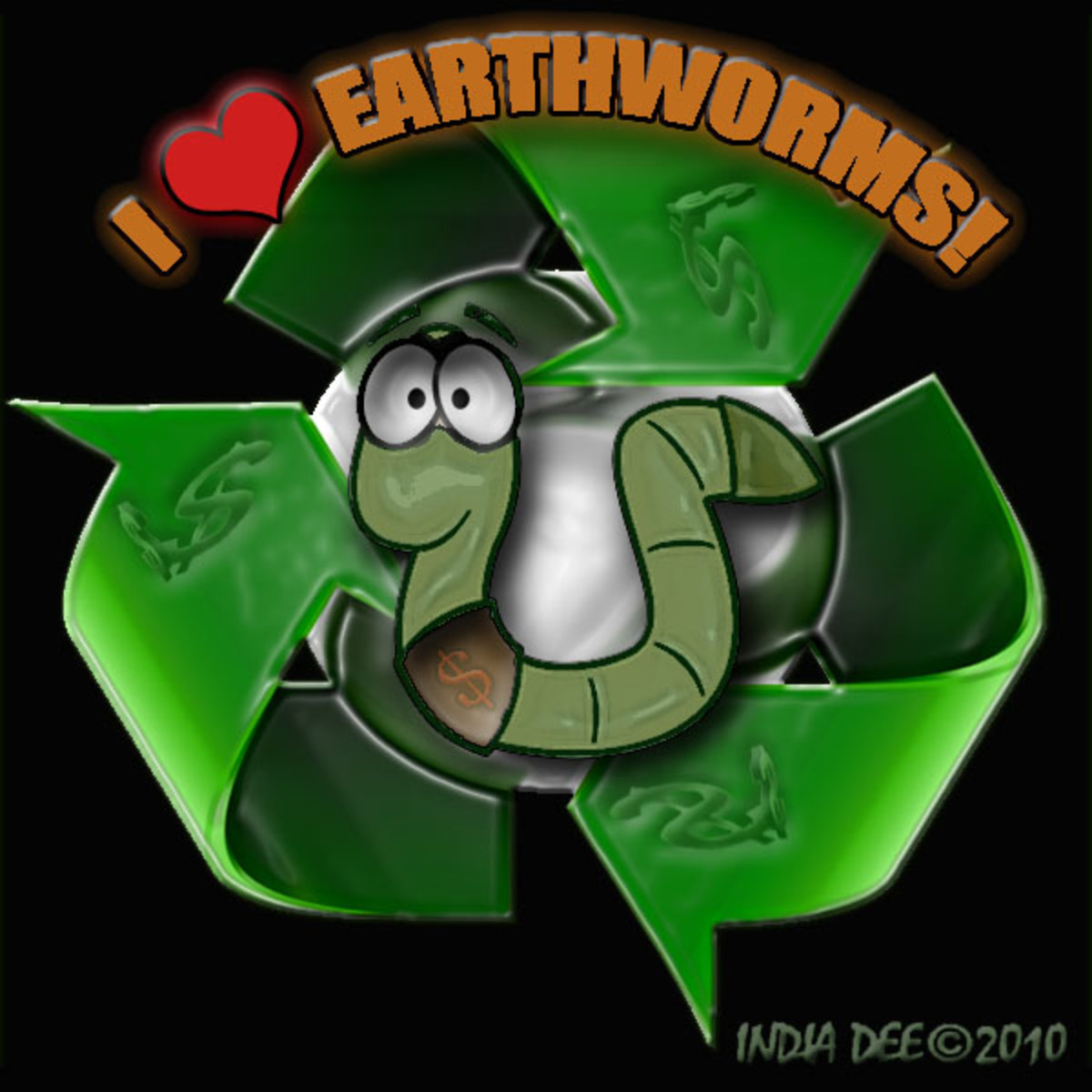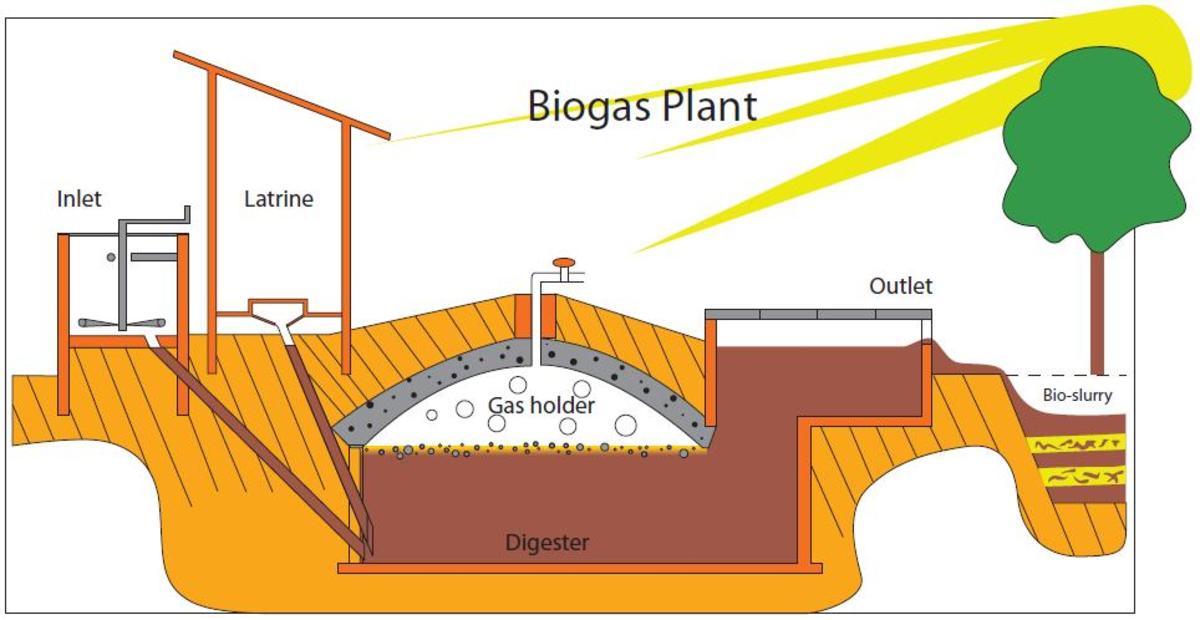How to Make Compost Fast - Use a Compost Tumbler
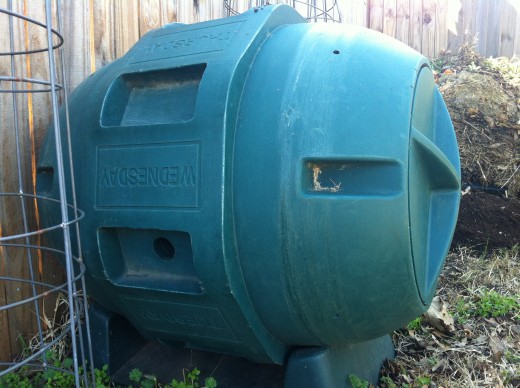
Mother Nature at Her Best
We all know that compost is a great way to improve your garden soil. It not only adds nutrients, but buffers the pH of the soil, and improves the tilth of the soil as well. In addition, the materials we compost won't find their way back into the overflowing land fills of our country. But left to it's own, a compost pile can take weeks or months to produce the black gold for our gardens.
Here we take a look at a few ways to speed up mother nature in making compost. It turns out that it's not that much more work. With just a few simple changes to how you compost, you can be seeing rich compost from your compost pile, bin, or tumbler in just a couple of weeks.
SOIL - WHAT YOU GROW THINGS IN
DIRT - the stuff you clean up with your vacuum cleaner
Mix Brown and Green Materials
Start with the Right Materials
While there is a lot written about ratios of carbon to nitrogen, it's not necessary to get it exactly right. But you do need to make sure that you have an adequate supply of nitrogen for the pile, as that is the energy source for the composting action. Too much makes the pile too "hot" and leads to the offensive odors from the pile. About a 50-50 mix of high nitrogen materials or green materials like grass clippings, green plants, and (ironically) coffee grounds supply the nitrogen, while brown materials like fall leaves and wood chips supply the carbon. Also, you need to make sure you have an adequate amount of material to get the pile to heat up. The equivalent of a pile 3 feet on a side will work well. Next decide the location you will start your compost pile. You can have an open pile or a simple bin that can contain the materials. Keep in mind the need to turn the materials when choosing a bin or tumbler.
We have one closed bin, one open bin, and one tumbler. All three of these produce excellent compost.
Shred the Materials
This is key. The materials for the pile must be broken down so the microbes in the pile have more surface area and can access the inner parts of the material (not the tough bark or outer surface of the plants.) This is especially true for the high carbon materials.You can break it down by cutting up into small pieces with a pruner (pieces less than 1 inch on a side), which is a lot of work. Some folks love to run a bagging mower over the materials, which can pick up grass clippings at the same time. If you have a lot of brown material like leaves in the fall, a chipper shredder may be the best solution. Some of the less expensive models are electric chipper shredders. I have one that has a hopper that drops down so the leaves can be raked directly into the hopper, which works reasonable well if you don't get carried away raking too many leaves in at one time. Also, it helps if the leaves are dry.
Keeping The Pile Moist
The old saying is that the materials should be as moist as a damp washcloth. Too much moisture can lead to a slimy smelly mess, and not enough moisture will lead to nothing happening. Check and add water when turning the pile.
Turn the Pile Regularly
Next to shredding the material, this is the next key step. You will want to be turn the pile every other day. There are a number of ways to turn a pile, but the goal in all of them is keep the compost heated and active by getting fresh uncomposted material into the center of the pile where the microbes are the most active. An active compost pile will have a center that is heating up to 140 degrees F or more, which will kill weed seeds and pathogens. If it exceeds 160 degrees F, it needs to be cooled off by turning as this will avoid the compost pile becoming sterile. There are a number of compost thermometers available that can help monitor pile temperatures if you think this may be needed, just make sure you get one that has a probe long enough to get to the center of the pile that you've built.
Compost Turning Tools
Aerate the Pile
If you've chosen to use an open pile, you can often turn it by using a pitchfork. Some gardeners will use a dual set of bins, so that you can turn a pile from one bin to another. This also works well as you can get the compost out of the bottom by flipping the uncomposted material to the bin next to it and reverse that order the following year.
Alternatively, you can use compost turning tool or an aerator. There are several types available. The ones with wings that fold out can work well, although it's hard to control how much material you grab with these, so they can get stuck. My personal favorite I've been using for several years is the Compost Crank by Lotech. It looks like a big corkscrew, and with it you can basically "screw" the tool in the pile, grab the right amount of material to turn, while at the same time aerate the pile. This is a very durable tool.
Compost Tumbler
If all that sounds like too much work, a compost tumbler may be the best for you.
Be sure you get one that you can actually turn, and make sure that there are baffles or something on the interior that actually breaks up the compost as you turn the tumblers, which is the whole reason for having a tumbler. While you can spend a lot of money on a big crank operated tumbler, I think the best tradeoff of cost vs effectiveness vs ease of assembly and use is the Urban Compost Tumbler.
Composter Poll
What type of composter works for your garden?
Compost Activators and Starters
Generally compost activators can help but often aren't necessary. If you can find some starter material to throw in your pile as a source of microbes then this may not be needed. If, however you have a lot of brown materials like leaves then an activator might get things moving quickly. For that I personally like the Ringers brand, but there are number of good ones to try.
If that's not enough, here's a video that shows the inexpensive way to get fast compost. It features a few other types of additives.
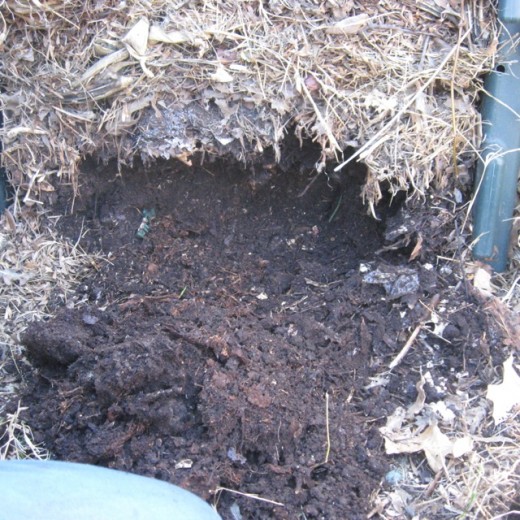
Your Reward
Did you know that there is little or no organic matter in a growing area before it is amended? The gardening experts say your garden should have at least 5% organic matter and making your own compost is the best thing you can add to your garden for organic growing of vegetables and flowers! So go ahead and get some "Black Gold" cooking for your garden!
